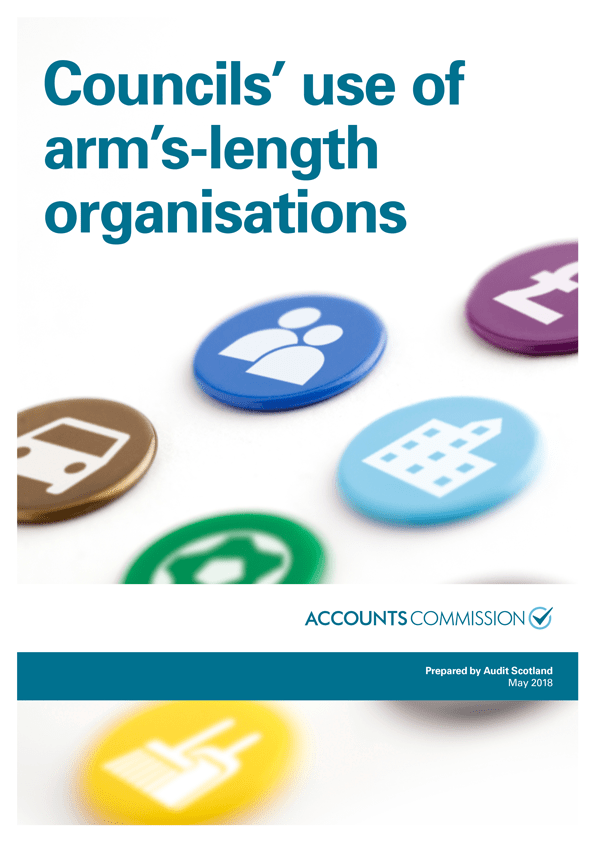
Because they represent funds owed to the company (and is depreciation expense an operating expense that are likely to be received), they are booked as an asset. Average accounts receivable is the beginning balance + ending balance divided by two. Accounts receivable is the money that customers owe a business for goods or services that have been delivered but not yet paid for. It is important to measure the various inputs and outputs of accounts receivable to support actions and to evaluate their effectiveness.
Relying on traditional, manual-entry applications can be detailed, time-consuming, and labor-intensive. Similarly, they are the basis for measuring the business’s ability to convert what is bad debts expense sales into cash. When payments are not collected for accounts receivable, this is an indicator that the business is not performing as well as it should.

Therefore, how accounts receivable is managed is an important function because this affects the revenue stream coming into the business. That is, they reference a financial resource that can be converted to cash in the near future, once the customer has paid. In other words, when you buy on credit, it affects your A/P, and when you sell on credit, it affects your A/R. Outsourcing accounts receivable management allows you to focus on other aspects of your business. Outsourcing can also bring in expertise that leads to a more efficient process and improved performance.
- In this situation, you replace the account receivable on your books with a loan that is due in more than 12 months and which you charge the customer interest for.
- When you sell on credit, you give the customer an invoice and don’t collect cash at the point of sale.
- Use a documented process to monitor accounts receivable, and to increase cash collections, so you can operate your business with confidence.
- With accounting software like QuickBooks, you can access an aging report for accounts receivable in just a few clicks.
- The April 6 transaction removes the accounts receivable from your balance sheet and records the cash payment.
- Other current assets on a company’s books might include cash and cash equivalents, inventory, and readily marketable securities.
Offer a financial incentive
Accounts receivable are an asset account, representing money that your customers owe you. Another option for encouraging clients to pay invoices on time is to charge late fees. A good set of credit policies will help the business extend constructive and reliable credit to its customers while minimizing the risk of default. HighRadius offers powerful, cloud-based Order to Cash software to automate and streamline financial operations.
Key Takeaways
For bookkeeping, consider A/R an asset that is both liquid (can be easily converted to cash) and current (will be resolved through regular business over the next year). As such, the funds can be factored into determining your organization’s working capital or used as collateral for short-term loans. Implementing automation software or tools allows you to automate repetitive tasks and free up valuable time to focus on more strategic activities. Add a Pay Now button to your invoices and let customers pay online 4x faster than with paper invoices.
You’ll read about accounts receivable turnover, the ageing schedule, and how to increase cash flow. Keeping track of exactly who’s behind on which payments can get tricky if you have many different customers. Some businesses will create an accounts receivable aging schedule to solve this problem.
Build customer loyalty
Using this method matches revenue earned with the expenses incurred to generate the revenue, and the process presents a more accurate view of your profitability. The income statement is more reliable when you use the accrual method. Before deciding whether or not to hire a collector, contact the customer and give them one last chance to make their payment.
What is an accounts receivable ageing schedule?
Through a process called “pledging,” businesses can even use their Accounts Receivable as collateral for atp and adp a short-term or long-term loan or line of credit. The number of days a customer has to pay the amount owed is usually specified on the invoice using terms like, Net 30, Net 60 or Net 90. For example, a business that specifies “2/10 Net 30” terms on their invoices is offering a 2% discount off the invoice’s total amount if paid within 10 days.

